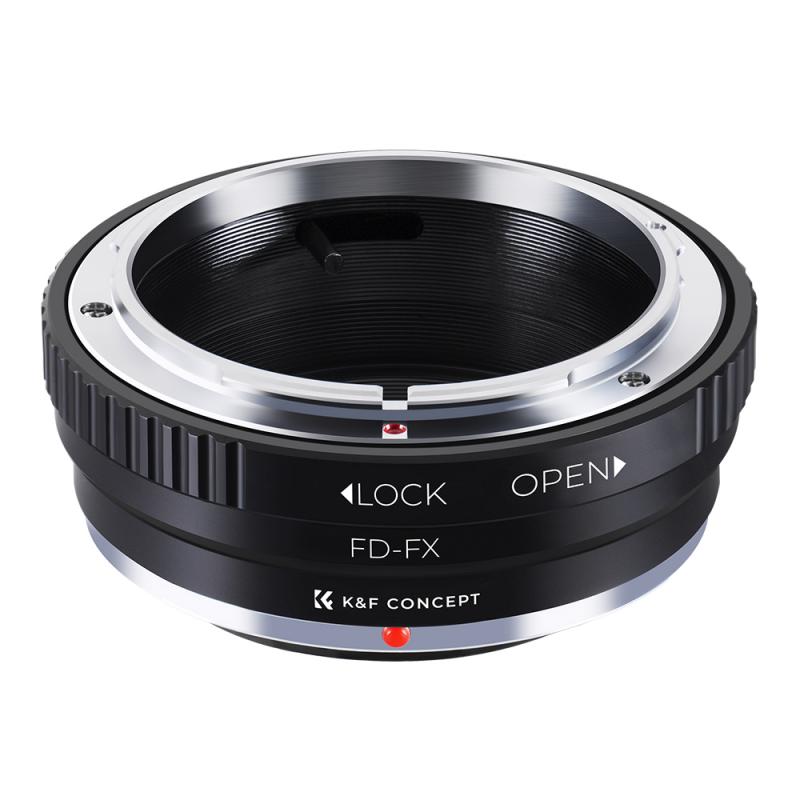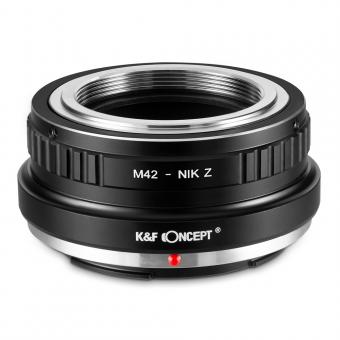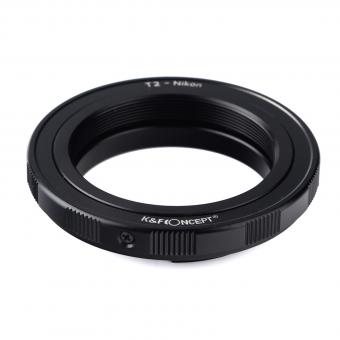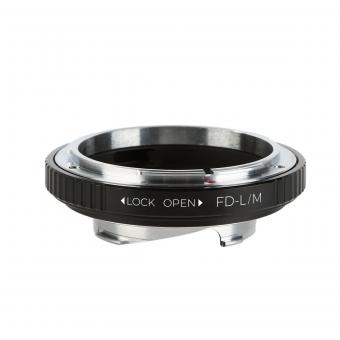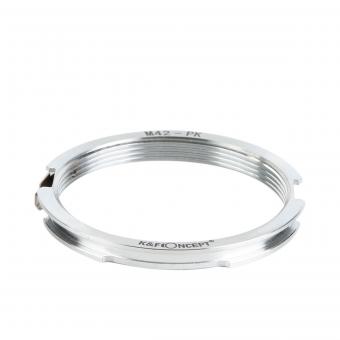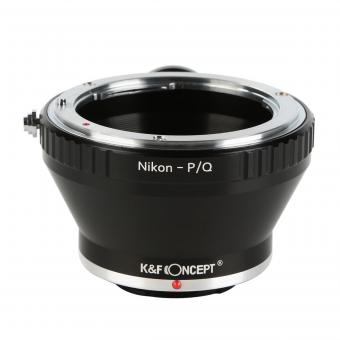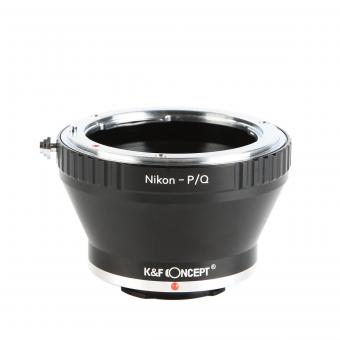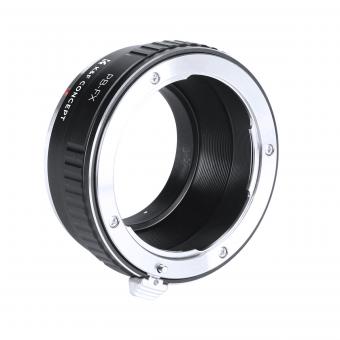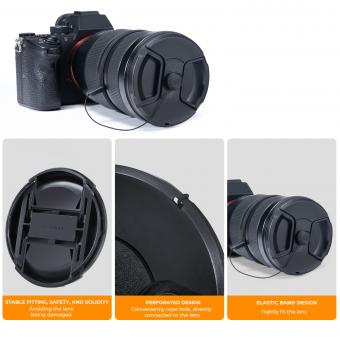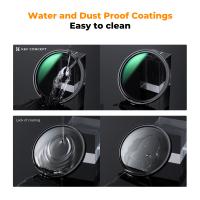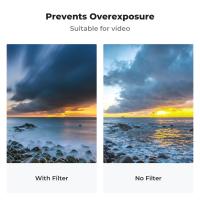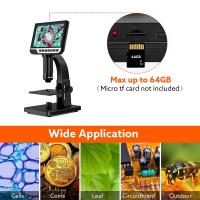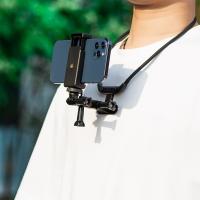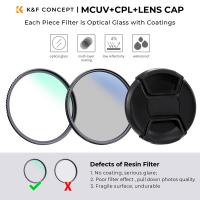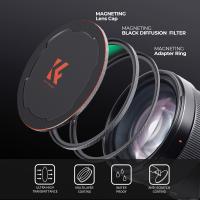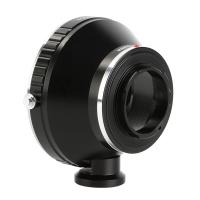Camera That Can See Around Corners ?
A camera that can see around corners refers to a type of imaging technology that allows capturing images or video of objects or scenes that are not directly visible from the camera's line of sight. This can be achieved using various techniques such as time-of-flight imaging, laser-based systems, or advanced algorithms that reconstruct the hidden scene based on indirect reflections or diffraction patterns. These cameras are often used in applications such as surveillance, search and rescue operations, or medical imaging, where the ability to see objects or people around corners can provide valuable information or enhance situational awareness.
1、 Non-line-of-sight imaging
Non-line-of-sight imaging, also known as a camera that can see around corners, is a groundbreaking technology that has the potential to revolutionize various fields such as surveillance, autonomous vehicles, and search and rescue operations. This innovative concept allows us to capture images of objects or scenes that are not directly visible to the camera due to obstacles or occlusions.
The basic principle behind non-line-of-sight imaging involves analyzing the indirect light that bounces off surfaces and reaches the camera. By carefully measuring the time it takes for the light to travel from a hidden object to a visible surface and then to the camera, sophisticated algorithms can reconstruct an accurate representation of the hidden scene.
Recent advancements in non-line-of-sight imaging have significantly improved its capabilities. Researchers have developed algorithms that can reconstruct high-resolution images even in challenging scenarios with multiple occlusions. They have also explored the use of advanced sensors, such as single-photon detectors, to capture extremely weak light signals and enhance the imaging process.
Moreover, the integration of artificial intelligence and machine learning techniques has further enhanced the performance of non-line-of-sight imaging systems. These algorithms can learn from large datasets and improve their ability to reconstruct hidden scenes, making the technology more robust and reliable.
The potential applications of non-line-of-sight imaging are vast. In surveillance, it can help law enforcement agencies to gather critical information about suspects or monitor areas that are not directly visible. In autonomous vehicles, this technology can assist in detecting and avoiding obstacles that are hidden from the vehicle's line of sight. Additionally, in search and rescue operations, non-line-of-sight imaging can aid in locating survivors in complex environments, such as collapsed buildings or dense forests.
While non-line-of-sight imaging is still an emerging technology, its rapid progress and potential impact make it an exciting area of research. Continued advancements in algorithms, sensors, and computational power will undoubtedly unlock even more possibilities, making the camera that can see around corners a reality in the near future.
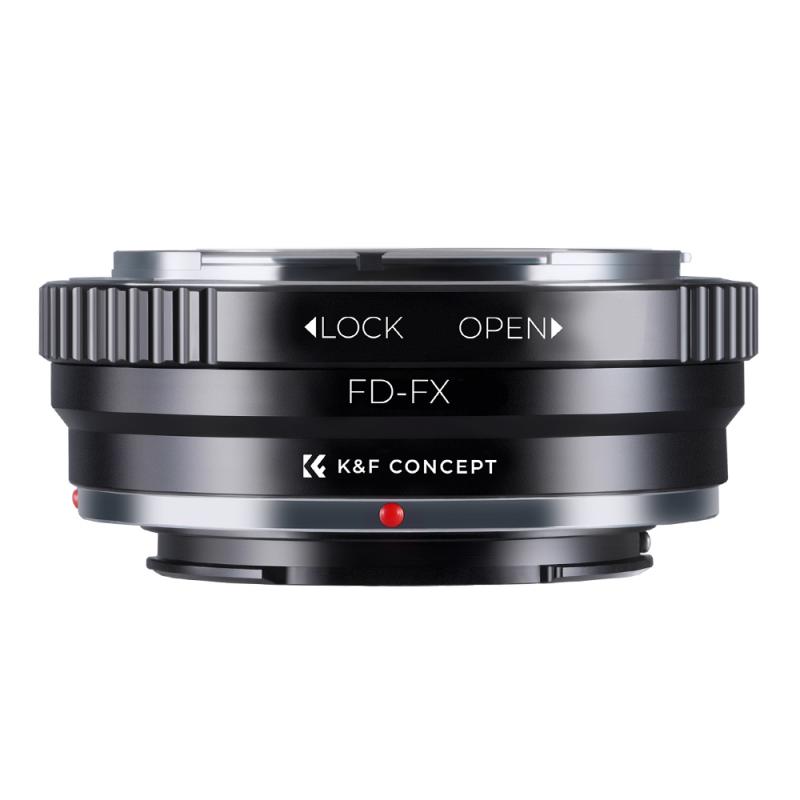
2、 Time-of-flight imaging
A camera that can see around corners is a concept that has fascinated scientists and researchers for years. One technology that has shown promise in achieving this is Time-of-flight (TOF) imaging. TOF imaging works by emitting a short burst of light and measuring the time it takes for the light to bounce back to the camera. This allows the camera to create a depth map of the scene, which can then be used to reconstruct objects that are not directly visible.
TOF imaging has been used in various applications, such as robotics, autonomous vehicles, and augmented reality. In recent years, researchers have made significant advancements in this field. For example, a team of scientists at Stanford University developed a TOF camera that can capture images of objects hidden from view by analyzing the light that scatters off walls and other surfaces. This breakthrough has opened up possibilities for applications such as search and rescue operations, where the camera can help locate survivors in difficult-to-reach areas.
However, it is important to note that while TOF imaging has shown promise, there are still challenges to overcome. One major limitation is the accuracy of the depth maps generated by the camera. The quality of the depth information can be affected by factors such as ambient lighting conditions and the reflectivity of the surfaces. Researchers are actively working on improving these limitations by developing advanced algorithms and hardware solutions.
In conclusion, while a camera that can see around corners is not yet a reality, Time-of-flight imaging has brought us closer to achieving this goal. With continued research and development, we can expect further advancements in this field, opening up new possibilities for imaging technology.
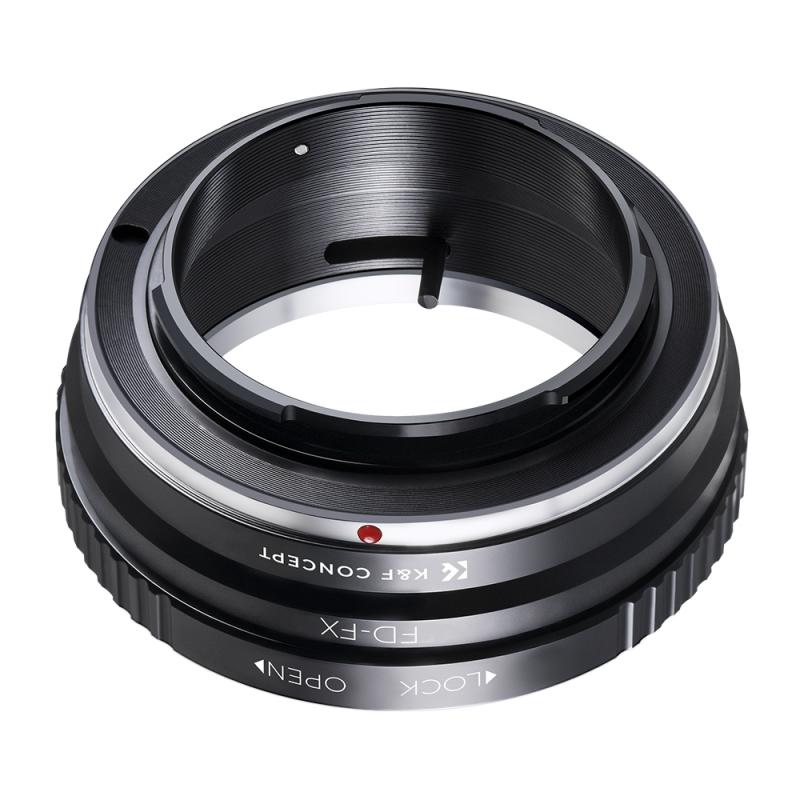
3、 Laser-based imaging
A camera that can see around corners is a concept that has fascinated scientists and researchers for years. While it may sound like something out of a science fiction movie, recent advancements in laser-based imaging have brought us closer to making this concept a reality.
Laser-based imaging involves using lasers to illuminate a scene and then analyzing the reflected light to create an image. This technique has been used in various applications, such as remote sensing and medical imaging. However, scientists have been exploring how it can be used to see around corners.
The basic idea is to bounce laser light off a surface near the target area and then analyze the scattered light to reconstruct an image of what is hidden from direct view. This requires sophisticated algorithms and computational techniques to process the scattered light and extract meaningful information.
Recent research has shown promising results in this field. For example, scientists at Stanford University have developed a system that can reconstruct 3D images of objects hidden from view by analyzing the scattered light. By using a combination of laser pulses and advanced algorithms, they were able to create detailed images of objects around corners.
While there is still much work to be done before a fully functional camera that can see around corners becomes a reality, these advancements in laser-based imaging are a significant step forward. They open up possibilities for applications in areas such as surveillance, search and rescue, and autonomous vehicles.
In conclusion, laser-based imaging holds the potential to create a camera that can see around corners. Recent research has shown promising results in reconstructing hidden images using scattered light. While there are still challenges to overcome, the advancements in this field bring us closer to realizing the concept of a camera that can see what is hidden from direct view.
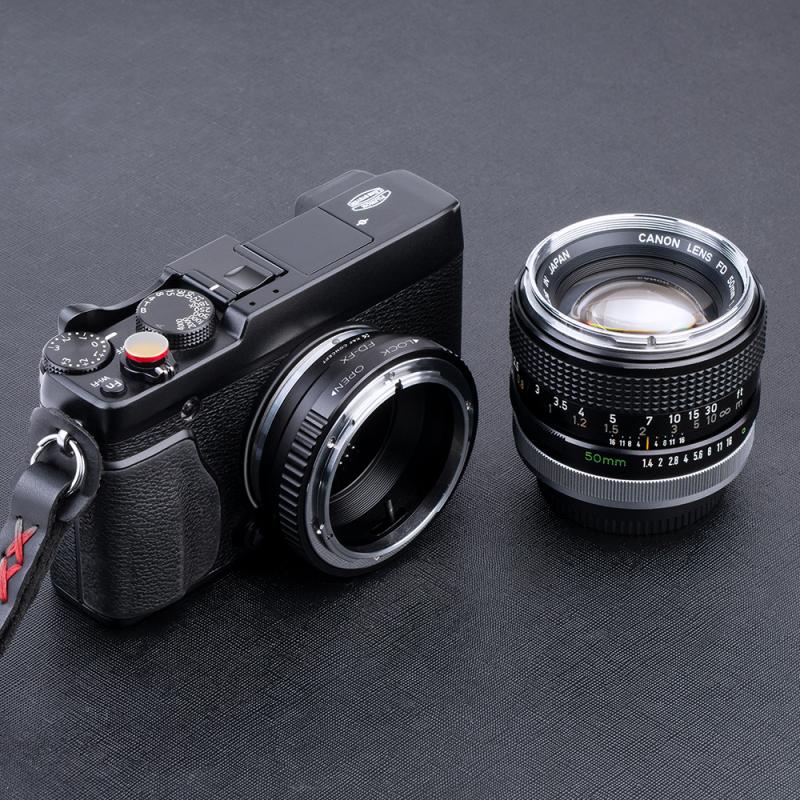
4、 Ultrafast imaging techniques
Ultrafast imaging techniques have revolutionized the field of imaging by enabling the capture of images at an incredibly high speed. These techniques have allowed us to observe and analyze phenomena that were previously impossible to capture with conventional cameras. One of the most exciting advancements in this field is the development of a camera that can see around corners.
This groundbreaking technology utilizes a combination of laser pulses and advanced algorithms to reconstruct images of objects that are hidden from direct line of sight. By bouncing laser light off a visible surface near the hidden object, the camera can detect the scattered light and use it to reconstruct an image of the hidden scene. This technique, known as non-line-of-sight imaging, has the potential to revolutionize various fields, including surveillance, search and rescue operations, and even medical imaging.
The latest advancements in ultrafast imaging have further improved the capabilities of cameras that can see around corners. Researchers have been able to enhance the resolution and speed of these cameras, allowing for more detailed and real-time imaging. Additionally, the use of artificial intelligence and machine learning algorithms has improved the accuracy of image reconstruction, making it possible to obtain clearer and more precise images.
While the technology is still in its early stages, the potential applications of cameras that can see around corners are vast. They could be used to detect hidden objects or individuals in security scenarios, aid in the navigation of autonomous vehicles, or even assist in medical procedures by providing real-time imaging of internal organs without the need for invasive procedures.
In conclusion, ultrafast imaging techniques have paved the way for the development of cameras that can see around corners. With ongoing advancements, these cameras hold great promise for a wide range of applications, offering new possibilities for imaging in fields where direct line of sight is limited or obstructed.
